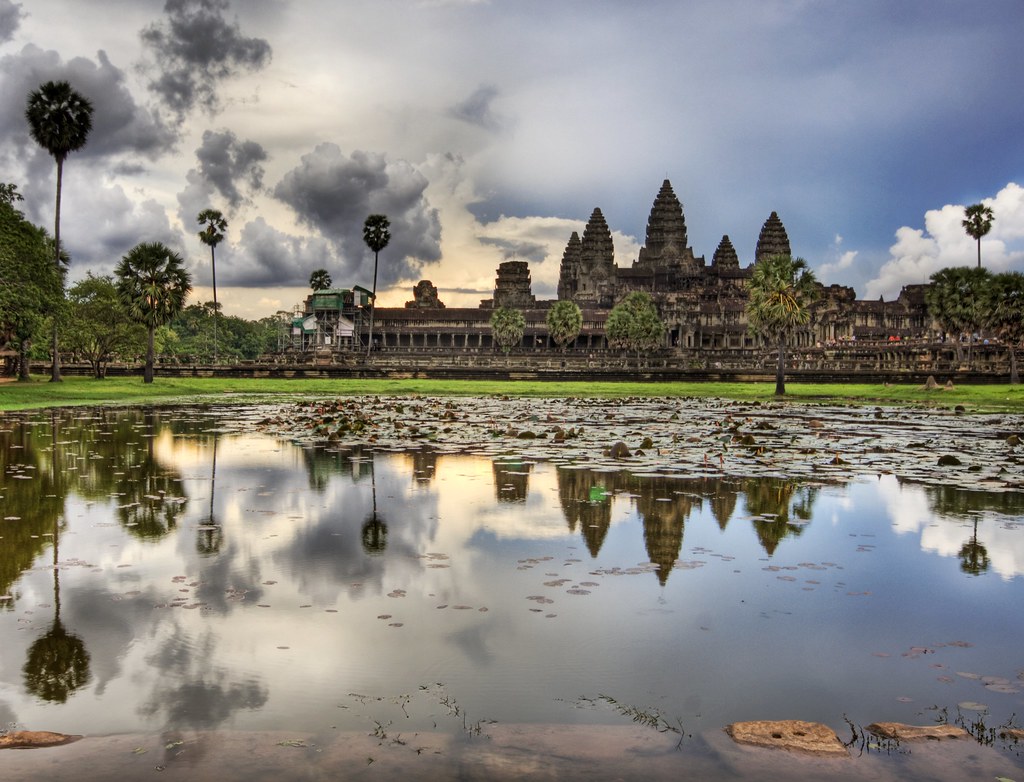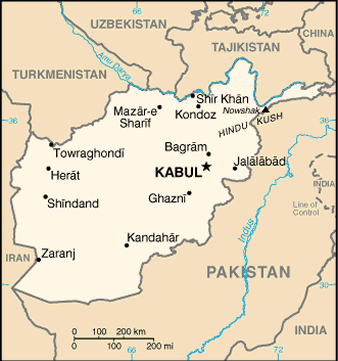Date: Monday, October 20, 2008
 Udupi Palace
Udupi Palace1007 Valencia Street (21st & Valencia)
San Francisco, CA
Udupi Palace Menu (courtesy of Menu Pages.com)As predicted D was a tough one. After spending numerous hours on Yelp and Google searching for an ethnic cuisine in San Francisco that starts with the letter D, patience gave way to desperation, which led to our first mulligan of this A to Z adventure. Quickly, we found out that San Francisco has no
Dominican food, no
Dhekelia, and no
Djibouti (maybe tucked somewhere in a nook in the Tenderloin or something, but seriously we found nothing). We decided to pass on such classics as
Dutch and
Danish food as these two options were also non-existant in San Francisco and frankly not super interesting (no offense!). After pondering for quite some time on what other "ethnic" oriented dishes begin with the letter D, we settled on the tasty South Indian staple, the infamous
Dosa!
Dosa is a South Indian crepe made from rice and skinned black lentils. The rice and lentils are blended with water and fermented overnight to form a pancake-like batter. This batter is then cooked to be super-thin and filled with basically whatever you want (potatoes, spinach, cheese, okra, lamb, lentils, etc...).

Classic Dosa
If there is one thing the Bay Area is not short on it is South Indian restaurants. The most famous in San Francisco is DOSA, which must rank as one of the best Indian restaurants in the city. As tempting as it was to head on out to DOSA and deal with the hour plus wait, we decided to go for value and instead check out the cheaper clone across the street, Udupi Palace. Udupi Palace is one of San Francisco's best kept secrets and one of the Mission's newest restaurants (it opened in Summer 2008). The restaurant is frequented by those who a) get frustrated with DOSA's wait, b) are looking for South Indian grub for under $15 per person, or c) looking for authentic South Indian food with none of the frills and fluff. With affirmation that Udupi Palace would be a great choice, we booked a flight from Cambodia to South India and off we were to our next A to Z stop.

Map of India - Udupi is located at mid-point between Panaji & Cochin
Udupi Palace gets its name from the well known city of Udupi in the southwestern coast of India. The cuisine of Udupi is actually known to adhere strictly to an ancient Indian vegeterian tradition of cooking that actually involves no onions or garlic and obviously excludes meats, fish, or shellfish. The cuisine is comprised of meals cooked with grains, beans, vegetables, and fruits. The dosa (our dinner club theme for the evening!) originated in Udupi and as you well know is a staple food in South Indian cooking.

Entrance to Udupi Krishna Temple - Famous Hindu Temple in Udupi
Udupi Palace was a riot. Although the restaurant does not typically take reservations, they made an exception for our group. As we walk in to see if our table was ready, our first thought of the place was how the hell are they going to accommodate 12 people here. The tables were all crowded, the restaurant was relatively small, all tables were occupied by distinct groups of two to three people, and on top of that more than 70% of the tables were unserved when we got there. Unless all stars align, there was no way they would time the turnover to guarantee we'd be seated in 5 minutes (best case scenario seemed like 40 minutes). Worried about how long we'd be starving outside, I calmly walked in and noted our arrival to one of the head servers, who noticed the dumbfounded look on my face that screamed "so 12 people are going to fit where?" The server offered a warm smile, wiped the sweat off his forehead from his recent trek to the kitchen, and asked if our whole party was here. I told him we were still waiting on a few more people and he said no problem as I made my way back outside.
As we waited outside for about 10 minutes, the fog slowly started to seep into the Mission. Taking that as a sign, I headed back inside to check on the status. Inside, I noticed a delicate jenga like balancing act by the waiters that involved shifting seats and tables as guests finished their meals. The process was surprisingly quick as I started to see our long table take shape. With our table close to being set (we were waiting for a group of four to finish eating), I asked if we could sit down and like that our group slowly flooded the restaurant. Our group of 12 was in a position to occupy close to a quarter of the real estate (ok, maybe an exaggeration, but it was impressive that they were able to find room for us all!).
Using lessons learned from prior dinner clubs, we knew, especially given how busy it was that night, that we needed to be aggressive with ordering the appetizers. In rapid fire motion, we ordered a few Samosa Chaats (a delicious juicy samosa bathed in chana masala, yogurt, condiments, and chutney), some traditional Samosas, as well as some kind of lentil and yogurt based appetizer. Within a few minutes of ordering, the appetizers were out on our tables. The turnaround at Udupi was pretty phenomenal (getting the check at the end of the night on the other hand was a different story).
 Samosa Chaat (image courtesy of this website)
Samosa Chaat (image courtesy of this website)
For entrees, we decided to choose four dishes x 2 for each side of the table. With so many good Dosa options to choose from, it was a tough decision, but at the end of the day we ended up ordering: the Mysore Masala Dosa (spiced crepe with potatoes smeared with spicy chutney), a Spinach Masala Dosa, Udupi Special Spring Dosa (Dosa stuffed with fresh vegetables), and an Onion Masala Dosa. Each of the Dosa plates were served with a trio of sauces with Christmas-like colors of red, green, and white. The red sauce was a spicy
sambhar sauce (a sweet, tart, and sour sauce with Tamarind juice, mashed lentils, and a small amount of chili heat. A few sites online called this sauce South India's "lentil gravy"). The white sauce was a coconut chutney that was remarkably sweet (a good compliment to the spicy sambhar). The third sauce, the green sauce, (still a big question mark) must have been some kind of cilantro and mint based yogurt dipping sauce. Each of the sauces were fairly rich in taste and all around pretty damn good.
 Trio of South Indian Dipping Sauces at Udupi Palace
Trio of South Indian Dipping Sauces at Udupi PalaceAlthough some called "D" for Dosa a stretch, the restaurant was well received and a hit among the group. Definitely a place I'd go back to again. Much like the other restaurants we've been to this one was pretty cheap too. With drinks, appetizers, and a large number of entrees, the bill per person came out to just under $18. Next up on the A to Z train is Ethiopian cuisine. After spending some time in the Middle East and then Southeast Asia looks like we're finally breaking free and headed towards Africa. Where to for good Ethiopian food? Stay tuned....




 Trio of South Indian Dipping Sauces at Udupi Palace
Trio of South Indian Dipping Sauces at Udupi Palace













 Helmand Palace
Helmand Palace


